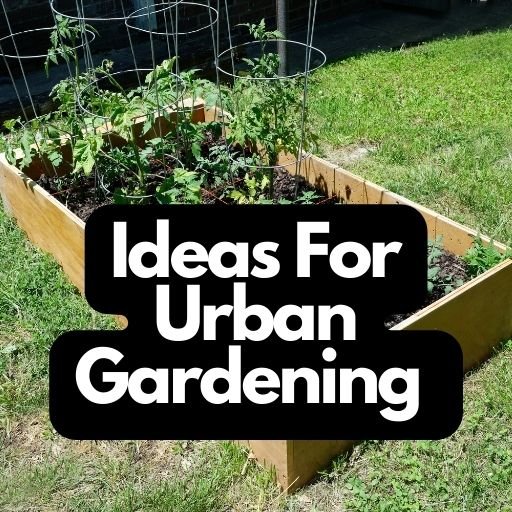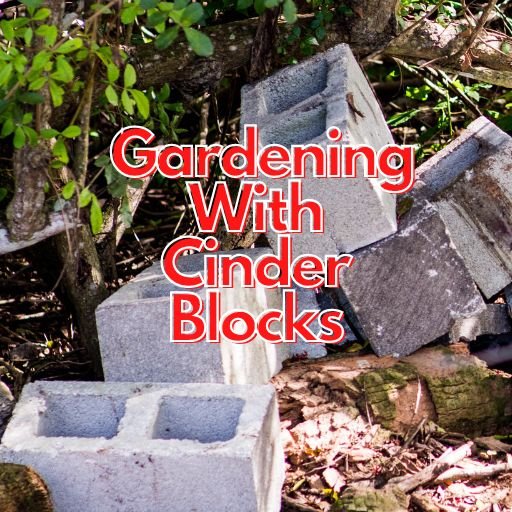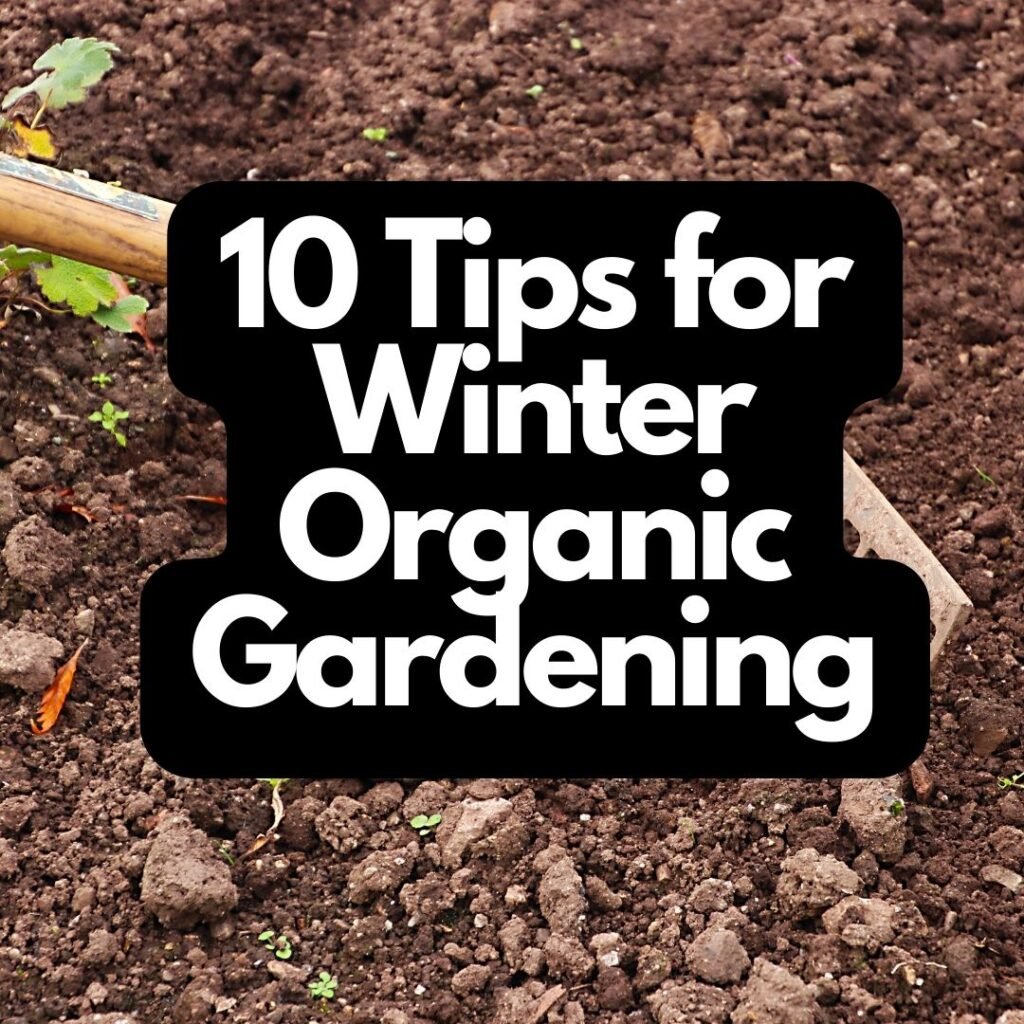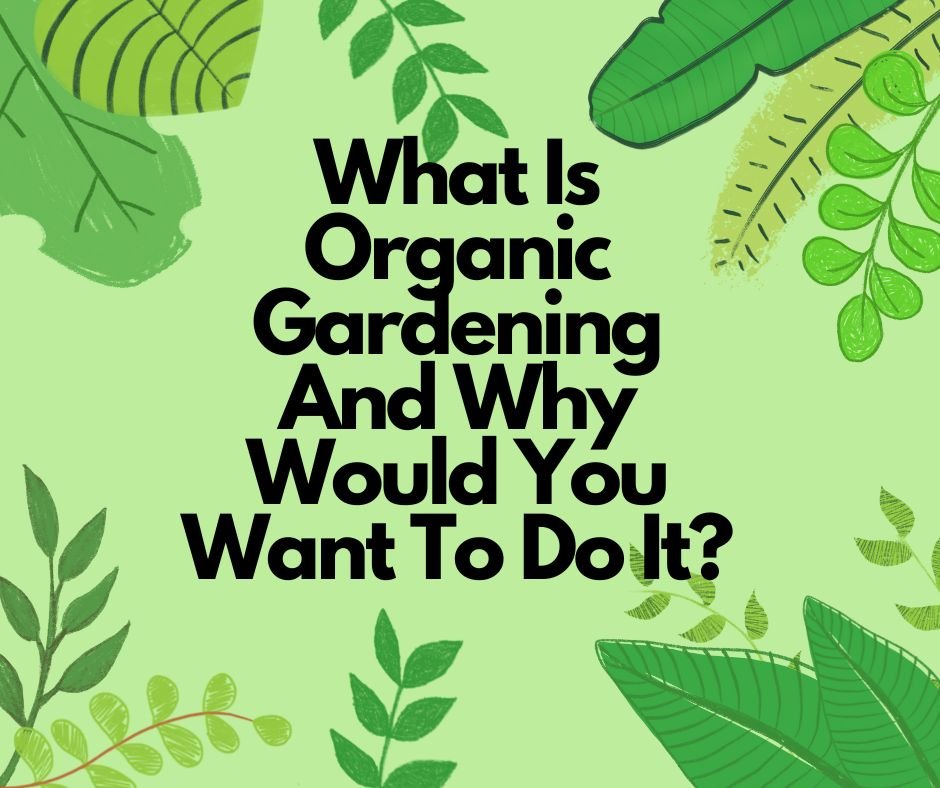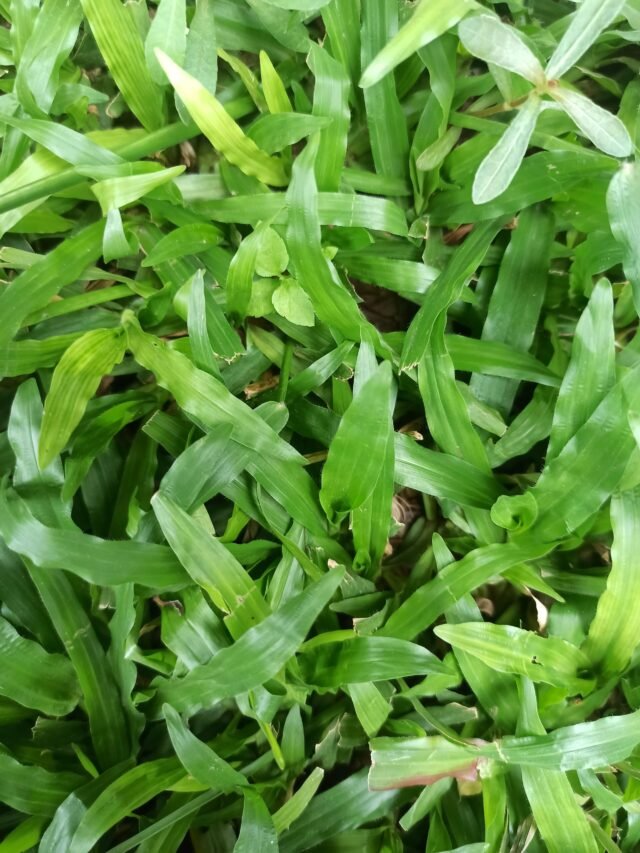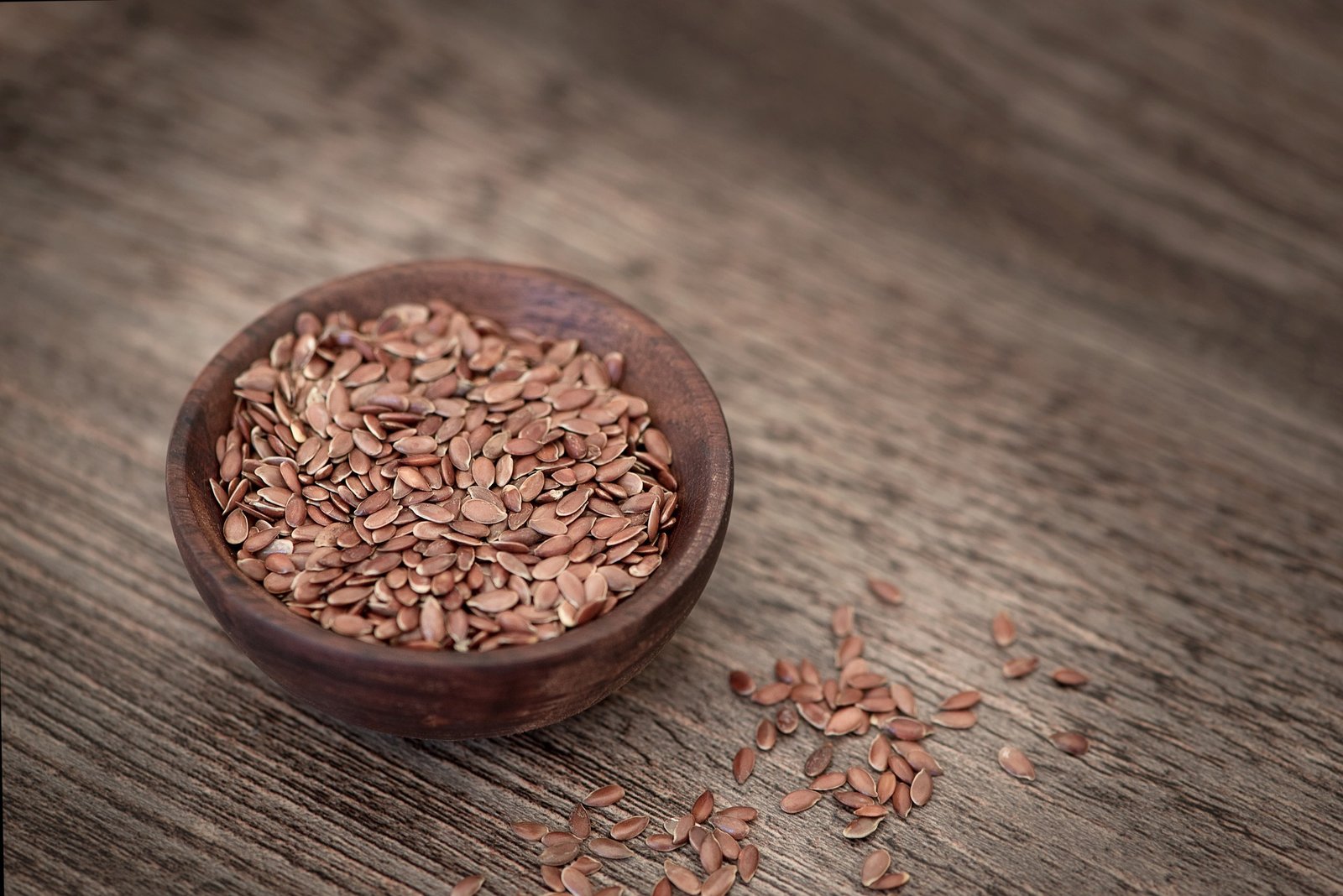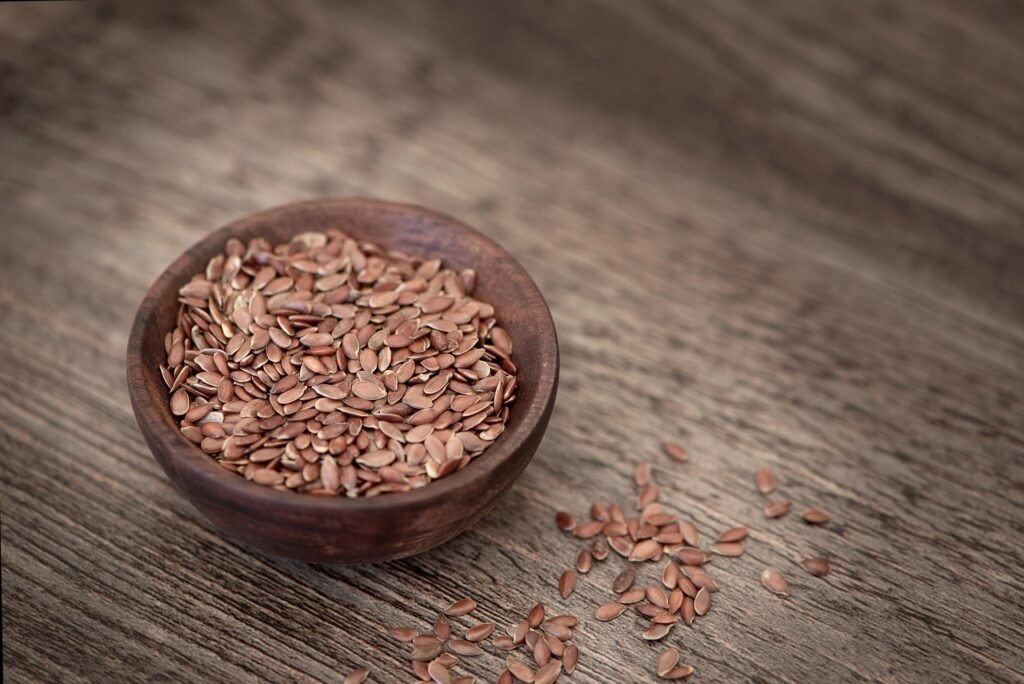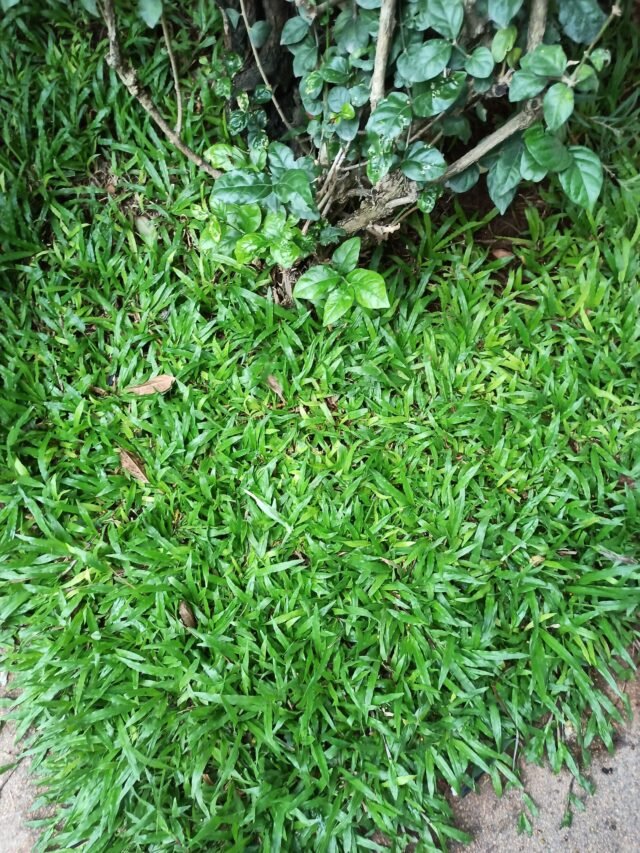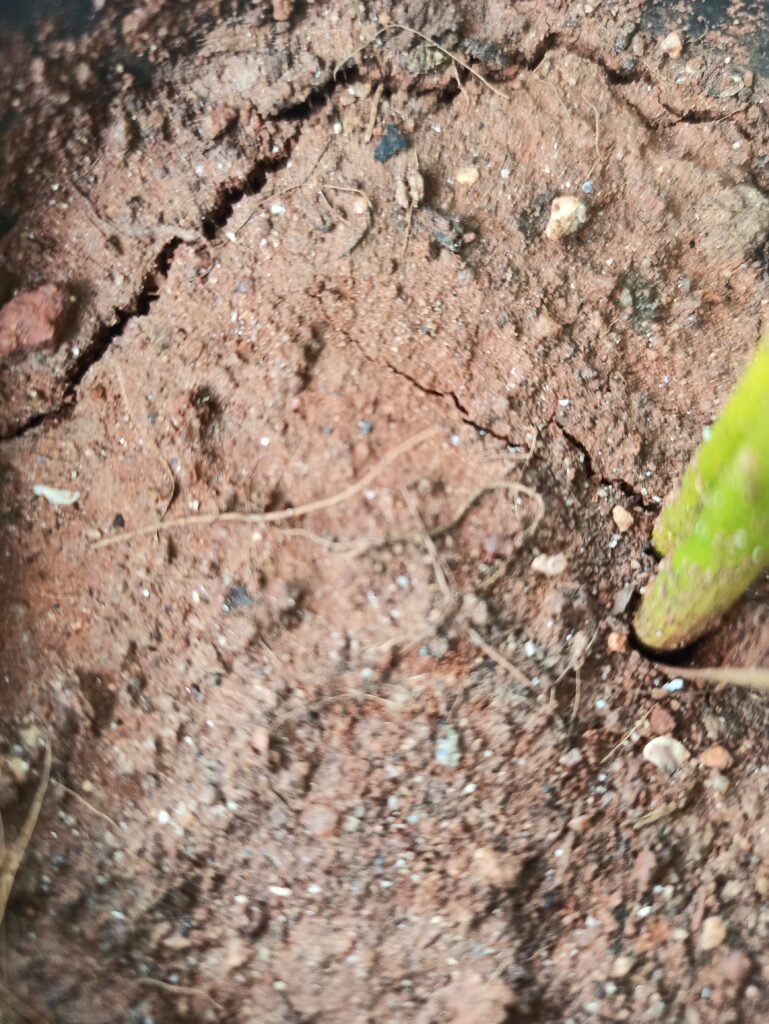Farming vs Gardening
Farming vs Gardening are two terms that are often used interchangeably, but they are not the same. Both involve growing plants, but the methods, scale, and purposes are different. In this article, we will explore the differences between farming and gardening, and why it is important to understand them.
What is Farming?
Farming is the process of cultivating crops and raising livestock for food or other products on a large scale. It involves using a significant amount of land, machinery, and labor to produce goods for commercial purposes. Farming is a complex and challenging task that requires specialized knowledge, skills, and resources.

Types of Farming
- Arable Farming: Involves cultivating crops like cereals, vegetables, fruits, and oilseeds on arable land.
- Pastoral Farming: Involves raising animals like cattle, sheep, goats, and pigs for meat, milk, wool, and leather.
- Mixed Farming: Involves a combination of arable and pastoral farming on the same land.
Characteristics of Farming
- Commercial: Farming is a business that involves producing goods for sale in the market.
- Large-scale: Farming involves using large tracts of land, machinery, and labor to produce a significant amount of goods.
- Profit-driven: The primary goal of farming is to make a profit by producing goods that meet the demand of consumers.
What is Gardening?
Gardening is the process of growing plants, flowers, vegetables, and herbs for personal use or decoration. It can be done on a small scale, such as in a backyard or balcony, or a larger scale, such as in a community garden. Gardening is often done for pleasure, relaxation, and health benefits, rather than for commercial purposes.
Types of Gardening
- Vegetable Gardening: Involves growing vegetables for personal use or sale in a small garden.
- Flower Gardening: Involves growing flowers for decoration and beauty in a garden.
- Herb Gardening: Involves growing herbs for personal use or sale in a small garden.
- Container Gardening: Involves growing plants in containers or pots on a balcony or patio.
Characteristics of Gardening
- Non-commercial: Gardening is done for personal use or decoration, rather than for commercial purposes.
- Small-scale: Gardening can be done on a small scale, such as in a backyard or balcony.
- Leisure-driven: Gardening is often done for pleasure, relaxation, and health benefits.
Differences between Farming and Gardening
While farming and gardening involve growing plants, there are several differences between the two:
Scale
Farming involves using a large amount of land, machinery, and labor to produce goods on a commercial scale, while gardening is often done on a smaller scale, such as in a backyard or community garden.
Purpose
The primary purpose of farming is to produce goods for commercial sale, while gardening is often done for personal use or decoration.
Techniques
Farming requires specialized knowledge, skills, and techniques, such as irrigation, fertilization, pest control, and crop rotation, while gardening can be done with simple techniques, such as planting, watering, and pruning.
Investment
Farming requires a significant investment of capital, including land, machinery, and labor, while gardening can be done with minimal investment.
Profit
Farming is profit-driven, while gardening is often done for personal satisfaction or enjoyment.
- Farming and gardening have different impacts on the environment. Large-scale farming can lead to soil erosion, water pollution, and greenhouse gas emissions, while gardening can help to reduce air pollution, provide habitat for wildlife, and improve soil health.
- Farming and gardening can have different social and cultural significance. Farming has been a vital part of human civilization for thousands of years and is often associated with rural communities and traditions, while gardening is often seen as a hobby or pastime that can be enjoyed by people of all ages and backgrounds.
- The differences between farming and gardening are not always clear-cut. Some forms of agriculture, such as small-scale organic farming or permaculture, blur the lines between farming and gardening by incorporating sustainable and ecological practices.
- Both farming and gardening can provide benefits for human health and well-being. Eating fresh, locally grown food from farms or gardens can provide important nutrients and reduce the risk of chronic diseases while spending time outdoors in nature while farming or gardening can improve mental health and reduce stress.
In conclusion, farming and gardening are two distinct practices that involve growing plants but differ in their scale, purpose, techniques, investment, and profit. Understanding these differences is important for resource management, environmental impact, social and cultural significance, and personal health and well-being. Both farming and gardening have their unique benefits and challenges and can be enjoyed by people of all ages and backgrounds.
- Low-Cost Garden Plants 2023- How to Build a Beautiful Garden on a Budget
- Best Black Bricks for Landscaping 2023: An Overview
- Straw Bale Gardening Problems: How to Overcome Them
- No-Dig Gardening for Beginners: A Simple Guide to Growing Healthy Plants Without Tilling
- Best Knee Pads for Gardening 2023: Protecting Your Knees While You Tend to Your Garden




